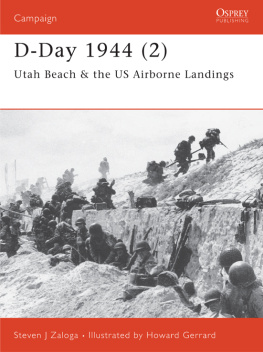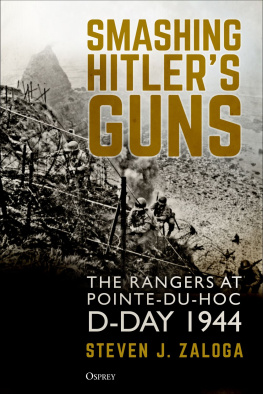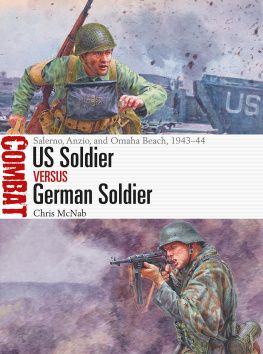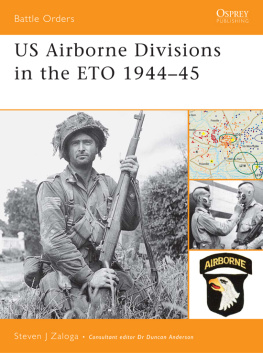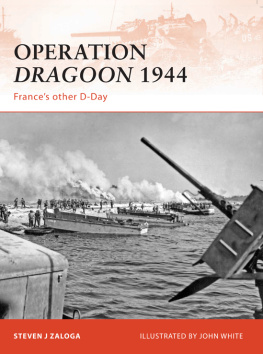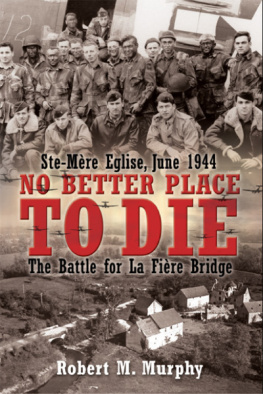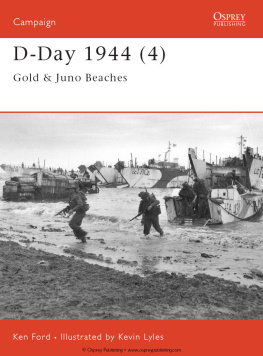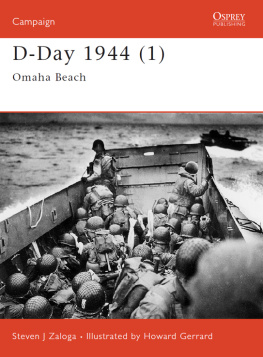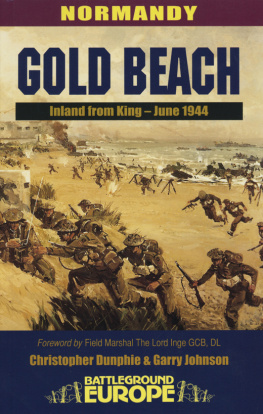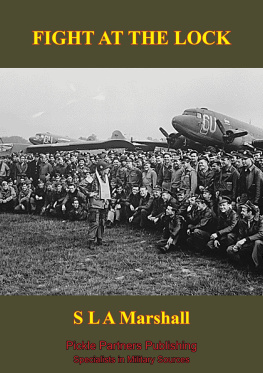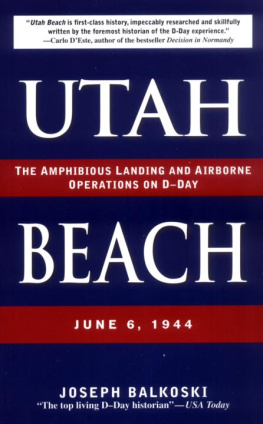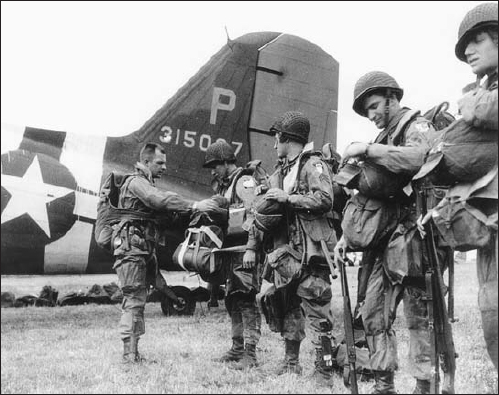Campaign 104
D-Day 1944 (2)
Utah Beach & the US Airborne Landings
Steven J Zaloga Illustrated by Howard Gerrard
Series editor Lee Johnson Consultant editor David G Chandler
CONTENTS
On the way to Utah Beach. Task Force U sets sail for Normandy on 5 June with a flotilla of LCI (landing craft, infantry) ahead, as seen from the bridge of an LST (landing ship, tank). (NARA)
INTRODUCTION
T he plans for the US Army at Utah Beach were a bold attempt to use airborne units to overcome the difficult terrain behind the beachhead. In the largest combat airdrop of the war so far, two airborne divisions were delivered at night behind enemy lines with the aim of securing the key bridges and access points. Due to the inherent risks of such a night operation, the paratroopers were very scattered and unable to carry out many of their specific missions. Yet in spite of these problems, the gamble paid off. The landings at Utah Beach were never in doubt, and within a day the US Army had a firm foothold in Normandy. The earlier book in this D-Day series on Omaha Beach provides a more detailed account of the planning and preparation for US Army operations on D-Day. This book is intended to complement it by providing a more detailed look at US Army operations subsequent to D-Day. With the capture of Cherbourg and the Cotentin peninsula, the Wehrmacht lost any hope that the Allies could be dislodged from France.
THE STRATEGIC BACKGROUND
Allied planning for Operation Overlord recognized the need for extensive port facilities to supply the armies for later operations in France. The German army presumed that the Allies would conduct their invasion in the Pas de Calais where there were many excellent ports. Consequently, the main German defensive effort was concentrated in this area, making it far less attractive to Allied planners, who turned instead to Brittany and Normandy. Brittany had several excellent ports such as Brest, but the Breton peninsula was more distant from English ports than either the Pas de Calais or Normandy. In addition, had the Allies landed in Brittany, German forces might have contained their advance by sealing off the relatively narrow exit from the Breton peninsula. As a result, Brittany was dropped from consideration. The Normandy coast had few large port facilities except for Cherbourg on the Cotentin peninsula. Nevertheless, Normandy was attractive for many other reasons including its proximity to the English Channel ports, and the relatively weak German defenses in the region, especially in mid-1943 when Allied planning started in earnest. A two-step solution was found to the problem of port facilities. In the short term, the Allies would rely on the creation of a pair of artificial harbors that would be located at the landing beaches. The next objective would be to seize suitable port facilities. This was a task assigned to the US Army: first, the seizure of Cherbourg and then the Breton ports. Utah Beach was selected with this objective in mind. It was the westernmost of the five D-Day landing beaches, at the base of the Cotentin peninsula, offering the best access toward Cherbourg.
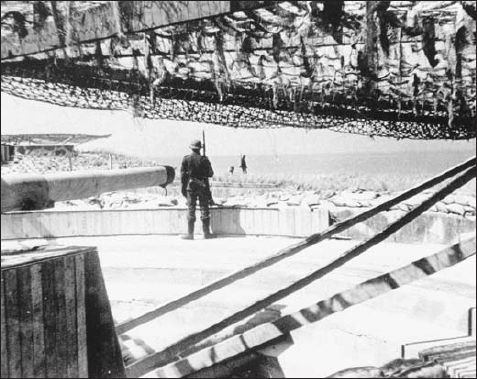
This propaganda photo of the Atlantic Wall was released by Germany in December 1943. The Cotentin peninsula, especially around Cherbourg, was one of the few portions of the Normandy coast with a substantial number of heavy coastal defense guns like these. (USAOM)
German defense of the Cotentin peninsula was based on the mistaken assessment that the main Allied effort would be against the Pas de Calais. As a result, German defensive efforts in 1943 concentrated on creating the Atlantic Wall along this stretch of coastline. The Allied landings in Italy in 194344, particularly the Anzio landing in January 1944, convinced senior German commanders that the Allies would land in more than one location, using smaller landings to draw off German reserves and weaken the main defenses. As a result, the German strategy was to deploy second-rate units behind mediocre beach defenses on other areas of the French coast such as Normandy and Brittany as an economy-of-force approach. These forces would prevent an uncontested Allied landing and would be reinforced in early 1944 as resources permitted.
Campaign 100: D-Day 1944 (1) Omaha Beach
CHRONOLOGY
1943
July First draft of Overlord plan completed
3 November Fhrer Directive 51 directs priority to reinforcing Western Front
6 November Rommel appointed to lead Army Group for Special Employment
1944
1 February Operation Neptune plan adds Utah Beach to the Overlord operation
28 May Landing zone for 82nd Airborne Div. shifted from St Sauveur to Merderet River
3 June OSS teams drop into Normandy to set up beacons for pathfinders
4 June Luftwaffe meteorologist forecasts rough seas and gale-force winds through mid-June
5 June Eisenhower decides that break in weather will permit execution of Neptune on 6 June 1944
D-Day, Tuesday, 6 June, 1944
00.15 Pathfinders begin landing in Normandy to set up beacons for air drops
01.30 Albany mission begins and 101st Airborne paratroopers start landing in Normandy
02.30 Boston mission begins and 82nd Airborne paratroopers start landing in Normandy
02.30 Task Force U arrives off Utah Beach, anchors in transport area
03.10 Gen Marcks begins to move Kampfgruppe Meyer to counter paratroop drops
04.00 Chicago mission begins and 101st Airborne gliders start landing
04.07 Detroit mission begins and 82nd Airborne gliders start landing
04.30 Cavalry detachment lands on St Marcouf island off Utah Beach, finds it deserted
05.05 German coastal batteries begin engaging Allied warships
05.50 Preliminary naval bombardment of Utah Beach begins
06.05 Bomber attacks on Utah Beach begin
06.30 Assault waves begin landing on Utah Beach
09.00 Combat Team 8 (CT8) begins moving off Utah Beach via Exit 2
21.00 Elmira mission delivers glider reinforcements to LZ W; Keokuk to LZ E
POST-D-DAY
7 June Galveston mission delivers gliders to LZ W at 07.00; Hackensack at 09.00
7 June German counterattack on Ste Mre-glise repulsed with tank support
8 June Rommel receives set of captured VII Corps orders, decides to reinforce Cotentin peninsula
9 June La Fire causeway finally captured by 82nd Airborne Division
10 June 101st Airborne seizes causeway leading to Carentan
10 June 90th Division begins attempt to cut off Cotentin peninsula
11 June Fallshirmjger Regiment 6 (FJR 6) retreats from Carentan
12 June 101st Airborne occupies Carentan in effort to link up with V Corps at Omaha Beach
13 June Counterattack on Carentan by 17th SS-Panzergrenadier Division fails with heavy losses
15 June Failure of 90th Division leads to substitution of 9th Division and 82nd Airborne Div. in westward attack

